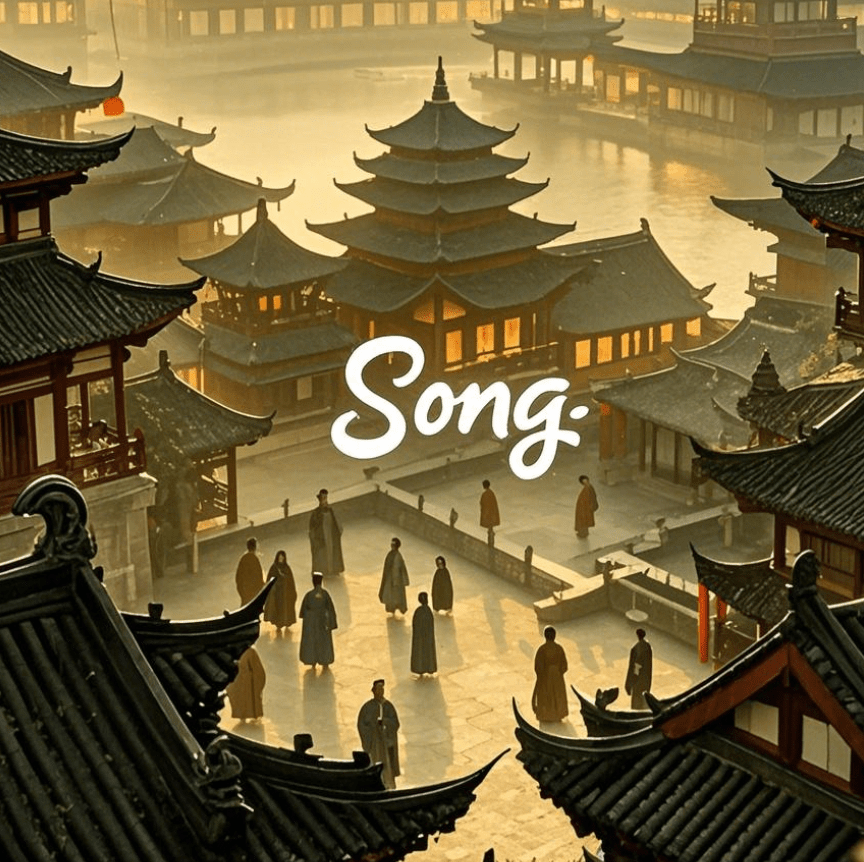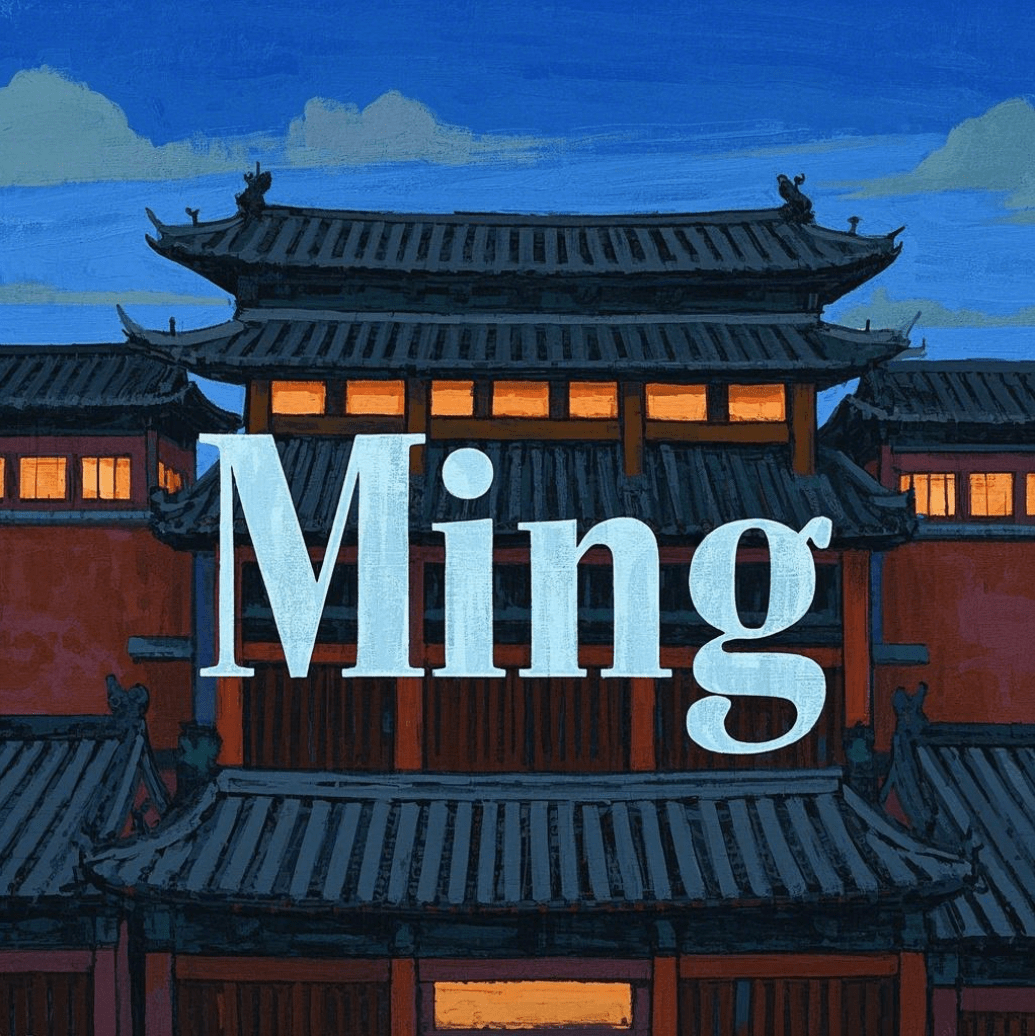Why was the Tang Dynasty so powerful?
The Tang Dynasty, a dynasty that shines brightly in the long history of China, started from 618 AD when Li Yuan proclaimed himself emperor and ended in 907 AD when Zhu Wen usurped the throne of the Tang Dynasty, enjoying a reign of 289 years. It is just like a resplendent pearl, achieving remarkable accomplishments in numerous aspects such as politics, military affairs, economy, culture, and diplomacy, and exerting a profound influence on later generations.
I. The Rise and Development of the Prosperous Era of Tang Dynasty
(1) The Founding of the Dynasty At the end of the Sui Dynasty, the whole country was in chaos, and various forces emerged one after another. Li Yuan, who was born into a noble family and inherited the title of Duke of Tang at the age of seven, launched an uprising in Jinyang, Taiyuan, with the assistance of his second son, Li Shimin. Relying on his outstanding leadership ability and strategic vision, he rapidly expanded his power. However, according to the Records of the Grand Historian: Comprehensive Mirror for Aid in Government, the uprising in Jinyang was not Li Yuan's original intention, but was forced by Li Shimin. At that time, Liu Wenjing was imprisoned due to his involvement with Li Mi. In prison, he put forward the strategic plan of "entering the Guanzhong region and seizing the world" to Li Shimin. Li Shimin said, "Your words exactly accord with my intention." This shows that Li Shimin already had the idea of starting an uprising to seize the world long ago. (This also foreshadowed Li Shimin's later power seizure, and the "Incident at Xuanwu Gate" will be elaborated in detail below.) So, he secretly began to make arrangements, and "Li Yuan was kept in the dark." Li Shimin also got to know Pei Ji through Liu Wenjing. The two conspired to "let the palace maids in Jinyang serve Li Yuan." When Li Yuan was drunk, Pei Ji persuaded him to start the uprising in Jinyang. In 618 AD, Li Yuan officially proclaimed himself emperor, established the Tang Dynasty, made Chang'an the capital, and opened the glorious chapter of the Li Tang Dynasty.
(2) The Zhenguan Reign of tang dynasty

After Emperor Taizong Li Shimin ascended the throne, he was open to admonitions and appointed virtuous and capable officials, such as Fang Xuanling and Du Ruhui. He carried out a series of political and economic reforms. Politically, he improved the system of Three Departments and Six Ministries to strengthen centralization. Economically, he implemented the Equal-field System and the Zuyongdiao System, reducing corvée and taxes, which promoted the development of agricultural production. Under his governance, society was stable, and the economy was prosperous. This period is known as the "Zhenguan Reign". During this time, the people lived and worked in peace and contentment. There was no need to bolt the doors at night, and people did not pocket the things they picked up on the road, presenting a scene of a peaceful and prosperous era.
(3) The Era of the Female Emperor The development of the Tang Dynasty was not smooth sailing.

After Emperor Gaozong Li Zhi, Wu Zetian, with her extraordinary political talent, stepped onto the historical stage and became the first and only female emperor in Chinese history. During her reign, she cracked down on the powerful aristocratic families, promoted the imperial examination system, and initiated the palace examination and the military examination, selecting many outstanding talents, such as Di Renjie, a civil official, and Shangguan Wan'er, a talented woman. Wu Zetian attached great importance to agricultural production, which enabled the continuous development of the social economy and laid the foundation for the subsequent Kaiyuan Prosperity.
(4) The Kaiyuan Prosperity of the Tang Dynasty

In the early days of Emperor Xuanzong Li Longji's accession to the throne, he appointed capable prime ministers like Yao Chong and Song Jing. He rectified the officialdom, reformed the military system, and developed the economy, pushing the Tang Dynasty to its peak, which is known as the "Kaiyuan Prosperity". At that time, the territory of the Tang Dynasty was vast, and numerous countries came to pay homage. Chang'an became one of the largest and most prosperous cities in the world. Commerce was booming, with shops lining the streets. The streets were bustling with traffic and full of life. The love story between Li Longji and Yang Guifei (Yang Yuhuan) has been widely passed down through the generations.
II. The Resplendent Pearls of Culture and Art of Tang Dynasty
(1) The Glory of Tang Poetry The Tang Dynasty was the golden age of poetry development. Countless outstanding poets and widely acclaimed poems emerged, having a profound impact on the literature and culture of later generations. Li Bai, this romantic poet, was known as the "Immortal Poet" for his bold and unrestrained poetic style. His poems are full of imagination and romantic feelings. For example, in "Bringing in the Wine", the lines "Since nature has made me talent, let it be employed! Spin a thousand pieces of silver, all of them come back!" fully demonstrate his free and uninhibited personality. Du Fu, on the other hand, was a representative of realistic poets and was respected as the "Poet-Sage". His poems reflected the social unrest and the sufferings of the people. In "The Thatched Cottage Was Ruined by the Autumn Wind", the lines "How I wish there would be thousands of spacious and tall houses, shielding all the poor scholars and making them happy" reflect his noble sentiment of worrying about the country and the people. In addition, there were many other poets such as Wang Wei, Meng Haoran, Wang Changling, and Bai Juyi. Their works together constitute the magnificent treasure house of Tang poetry. Many of the well-known cultural IP stories have their settings in the Tang Dynasty, such as Journey to the West, The Longest Day in Chang'an, and Chang'an: The Imagined City. Among them, the Chinese game Black Myth: Wukong, which became extremely popular globally last year, is based on the classic IP Journey to the West. And the animated film Chang'an: The Imagined City, which sparked widespread discussion and had a profound impact in China in 2023, also takes the prosperous Tang Dynasty as its background. It tells a very interesting story through the friendship among poets like Li Bai, Gao Shi, and Du Fu.

Moreover, if you are interested in the prosperous Tang Dynasty in ancient China, you can also watch the TV series The Longest Day in Chang'an. It is a well-produced ancient costume suspense and reasoning drama. I can confidently recommend it. You will learn a lot of interesting Chinese culture and are likely to fall in love with it.
(2) The Prosperity of Art In the field of painting, Yan Liben's figure paintings were both lifelike and expressive. His masterpiece "The Throne Hall of the Tang Emperor" depicts the scene of Emperor Taizong receiving the Tibetan envoy Ludongzan, which has extremely high artistic value and historical significance. Wu Daozi, with his unique painting style, was honored as the "Sage of Painting". His paintings had smooth lines and a magnificent momentum. For example, "The Scroll of the Heavenly Kings Sending Off Their Son" shows extraordinary artistic creativity. In the field of calligraphy, Yan Zhenqing's regular script was dignified and majestic, with a bold and open style. His representative work "Stele Inscription in Honor of Yan Qinli" has become a model for later generations to learn regular script. Liu Gongquan's calligraphy was vigorous and strong, emphasizing the strength of the strokes. He was known as "Yan's Tendons and Liu's Bones" together with Yan Zhenqing.
III. The Characteristics of Hanfu in the Tang Dynasty
The Development and Inheritance of Tang Dynasty hanfu, Hanfu, on the basis of inheriting the style of the Sui Dynasty, continued to develop and evolve, forming a unique style. The main types of women's Hanfu in the Tang Dynasty included ruqun (a combination of a short jacket and a long skirt) and shanqun (a kind of dress). In the early Tang Dynasty, women mostly wore narrow-sleeved short jackets and long skirts. The waistband of the skirt was tied relatively high, even under the armpits (qi xiong ruqun). This kind of dress made the figure look slender, light, and elegant. As time went by, in the prosperous Tang Dynasty, the style of clothing became more open and magnificent. Wearing clothes that exposed the chest and arms became popular. For example, the tanling banbi ruqun (a style with a revealing collar, a half-sleeve jacket, and a long skirt). Women wore clothes with a revealing collar, paired with a half-sleeve jacket and a long skirt, showing a confident and generous beauty.
The main male hanfu was the yuanling paoshan (a round-collar robe).

This kind of robe was convenient to wear and suitable for activities such as riding horses. It was widely popular among both officials and common people. The yuanling paoshan generally had narrow sleeves, with the front of the robe overlapping to the right. A leather belt was tied around the waist, a futou (a kind of headgear) was worn on the head, and black leather boots were worn on the feet. The overall shape was simple, capable, and yet solemn. The development of Hanfu in the Tang Dynasty not only reflected the aesthetic concepts of that time but was also closely related to the prosperity of society and the openness of culture. With the smooth passage of the Silk Road, frequent cultural exchanges between China and foreign countries took place. Some elements of Hu clothing (clothing of ethnic minorities) were also integrated into Hanfu, making Hanfu in the Tang Dynasty more colorful.
IV. Major Historical Events and Their Influences of Tang Dynasty
(1) The Incident at Xuanwu Gate

Li Shimin was originally the second son of Li Yuan and did not have the right to inherit the throne. However, Li Shimin not only had outstanding military performance but also won wide popularity in politics. His existence directly threatened the status of Li Jiancheng as the crown prince (the eldest son of the emperor was the heir to the throne). After being repeatedly pushed aside by his brothers and his life being threatened many times, Li Shimin finally decided to strike first. Li Shimin joined forces with Chang Sun Wuji, Yu Chi Jingde and others, and set up an ambush near the Xuanwu Gate in the capital city, waiting for Li Jiancheng and Li Yuanji (the fourth son of Li Yuan) to enter the palace. During the Incident at Xuanwu Gate, Li Jiancheng was shot and killed, and Li Yuanji was killed while trying to escape. After the success of the coup, Li Shimin gained more political support and popularity. Eventually, he became the second emperor of the Tang Dynasty, that is, Emperor Taizong. The Incident at Xuanwu Gate marked the beginning of the Zhenguan Reign in the Tang Dynasty, which was a famous prosperous era in Chinese history, characterized by political clarity, economic prosperity, and cultural prosperity. This coup also indirectly led to the change of the rules of imperial succession in the later Tang Dynasty, and even affected the rules of imperial succession in subsequent dynasties, making people pay more attention to achievements and abilities rather than just birth status.
(2) The An Lushan Rebellion

In the later period of Emperor Xuanzong's reign, politics became increasingly corrupt, and social contradictions intensified. In 755 AD, An Lushan launched a rebellion in Fanyang on the pretext of "worrying about the danger of the country" and being ordered to suppress Yang Guozhong (Yang Guifei's elder brother) under a secret edict. Subsequently, Shi Siming also joined the rebellion. This rebellion lasted for as long as eight years and is known as the "An Lushan Rebellion". The two famous battles, the Battle of Suiyang and the Battle of Xiangji Temple, were extremely fierce. The casualty ratio on both sides was so astonishing that it was incomparable to any other period. Readers can learn about the details on their own. In history, this war was a decisive battle between the two powerful forces at the peak of the Tang Dynasty's national strength. Famous generals fought against famous generals, and elite troops clashed with elite troops. However, it added the most tragic color to the already bloody history. Both the soldiers and the commanders on both sides were among the top military forces in the world at that time. One of the rather tragic and romantic understandings of it by later generations is that the soldiers on both sides until their deaths thought that the other side were rebels and that they themselves were the ones saving the country. The An Lushan Rebellion, which lasted for eight years, dealt a heavy blow to the Tang Dynasty, severely damaging the social economy and causing a sharp drop in the population. Since then, the national strength of the Tang Dynasty declined from its peak. The situation of separatist warlords also became more and more serious after the An Lushan Rebellion, and the central government's control over local areas was greatly weakened.
V. The Influence of the Tang Dynasty on the World
The Profound Influence of the Tang Dynasty on Later Generations The achievements of the Tang Dynasty in politics, economy, culture, and other aspects have had an indelible impact on later generations. In terms of political systems, the system of Three Departments and Six Ministries of the Tang Dynasty provided important references for the political systems of later feudal dynasties. Many dynasties improved and developed on this basis. Economically, the developed agriculture, handicrafts, and commerce of the Tang Dynasty provided valuable experience and models for the economic development of later generations. The implemented Equal-field System and Zuyongdiao System, to a certain extent, guaranteed the rights and interests of farmers, promoted the development of agricultural production, and also provided references for the reform of land systems and tax systems in later generations. Culturally, art forms such as Tang poetry, painting, and calligraphy have become the treasures of Chinese national culture, having a profound impact on the development of literature and art in later generations. The open and inclusive cultural atmosphere of the Tang Dynasty also set a model for cultural exchanges and integrations for later generations, promoting cultural exchanges and development among different ethnic groups and countries. As an important part of Tang culture, Hanfu, with its unique style and production techniques, has also provided inspiration and references for the development of clothing in later generations.
Nowadays, the culture of Hanfu is gradually rejuvenating. People inherit and promote this ancient cultural tradition by wearing Hanfu and holding Hanfu-related activities, allowing the beauty of the clothing of the Tang Dynasty to radiate new vitality and charm in modern society. The Tang Dynasty, this great dynasty, with its glorious achievements and splendid culture, has traversed the time and space of a thousand years. It still shines with a charming luster, becoming a dazzling pearl in the long history of the Chinese nation, constantly inspiring later generations to explore, inherit, and innovate.
Recommendations for Best - selling Products▼




